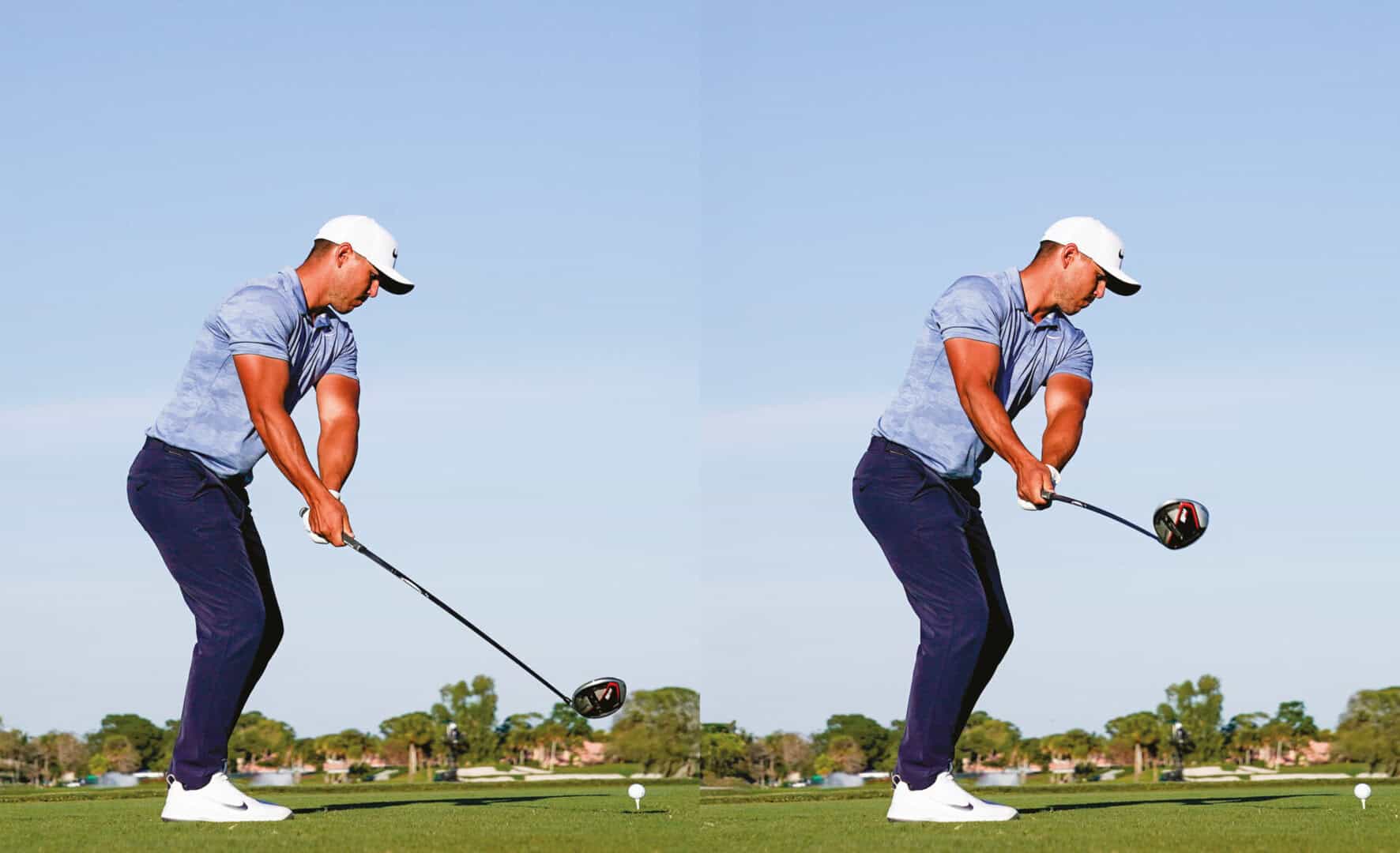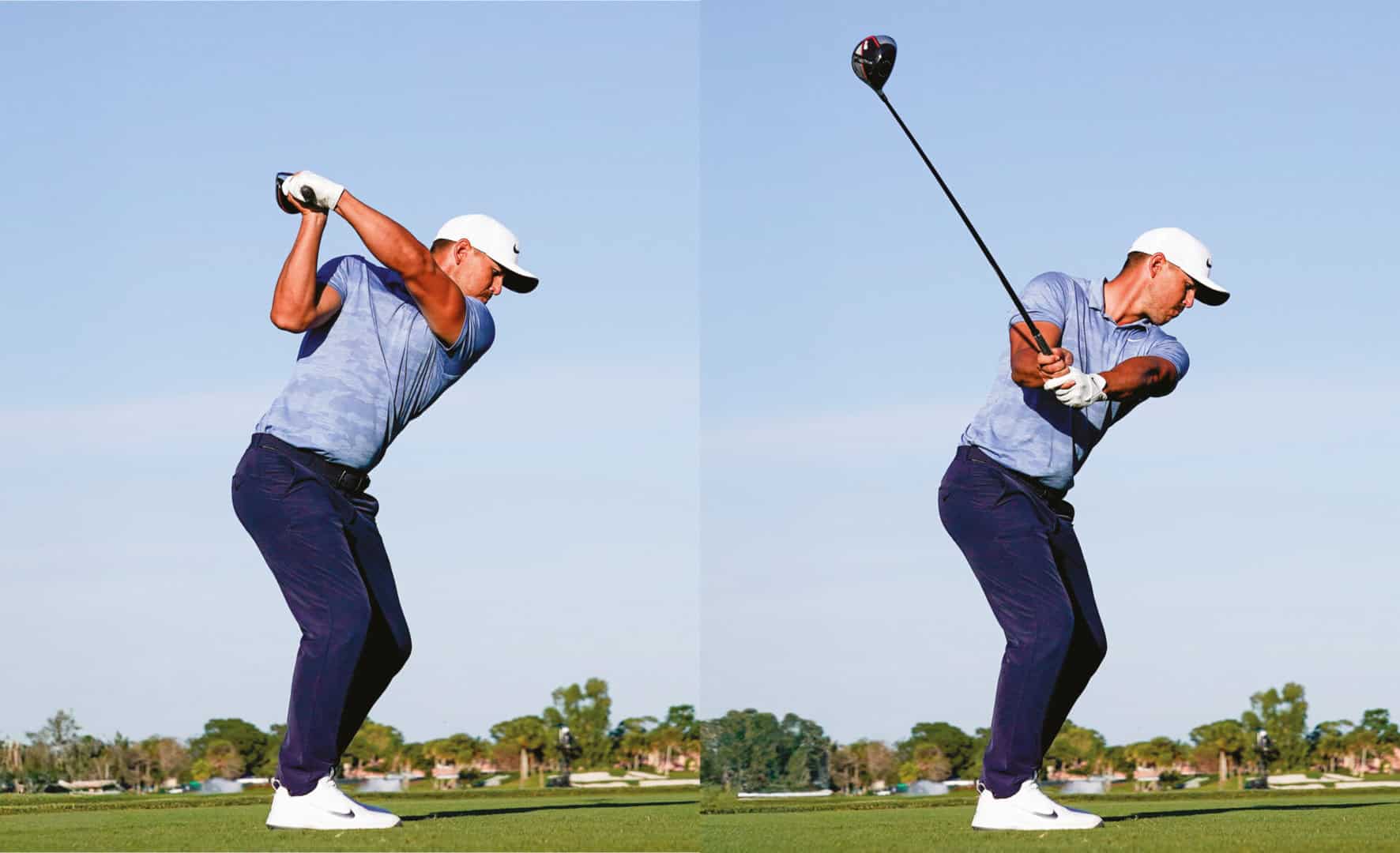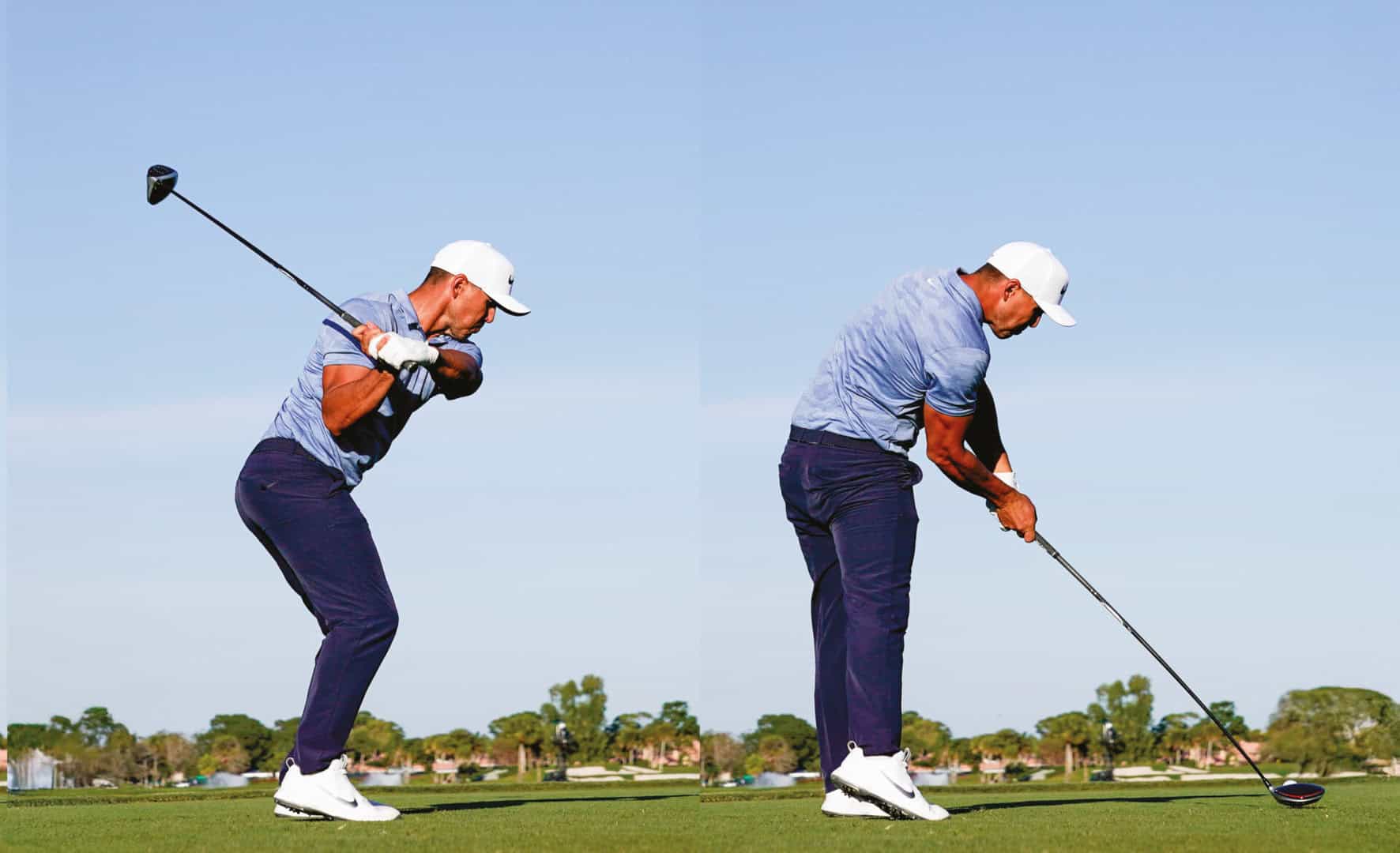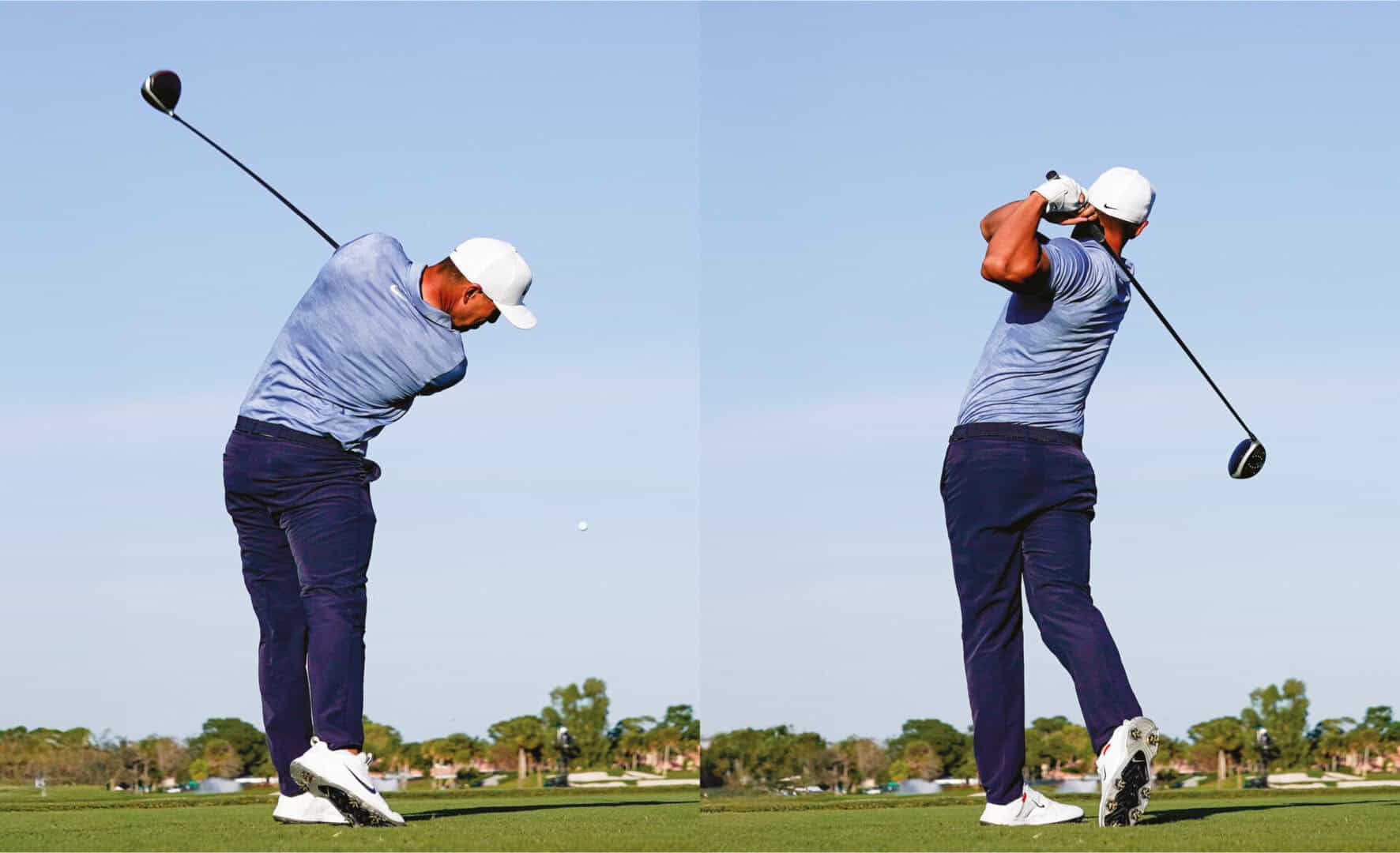Brooks Koepka has redefined what it means to be a dominant force in professional golf. Born on May 3, 1990, in West Palm Beach, Florida, Koepka’s rise to becoming a multiple Major champion showcases a unique blend of power, precision, and sheer competitive will.
His swing is a masterclass in modern athleticism, built on efficiency, explosive speed, and stability. What sets Koepka apart is his ability to seamlessly harness raw strength without sacrificing control or consistency. His mastery of ground forces, combined with a simple, repeatable motion, allows him to deliver unmatched power under the game’s most intense pressures.
As we explore the key elements of Koepka’s swing, there’s much to learn for players of all levels. From his rock-solid foundation to his efficient energy transfer, Koepka’s game represents the evolution of modern golf — one that balances power, precision, and mental dominance in equal measure.
Brooks Koepka’s swing stands as a testament to modern efficiency, power, and precision. Unlike traditional swings that focus heavily on aesthetics, Brooks’ swing prioritises functional movement, a dynamic balance of strength, control, and simplicity. Key elements of the third level of the Peter Cowen pyramid of learning (power source).


One of the defining elements of Koepka’s swing is his exceptional use of his movement to create the correctreactions from the ground as a power source. Watch closely in the top image as Brooks coils into his right leg during the backswing. This “loading” movement is not excessive or forced, his right hip remains stable, and the pressure shifts naturally without losing balance. Brooks creates a strong foundation by pushing into theground early in the bottom image resulting in a powerful rotational force. His ability to “press”into the ground and then “stretch” up through impact gives him elite clubhead speed without compromising control.
Drill: Practice feeling this ground connection by taking slow, deliberate swings with a focus on pressure weight loading into the trail leg during the backswing and then pressing firmly into the lead foot during thedownswing.
What can golfers learn? Proper movement prevents tension and excessive arm rotation.

His ability to maintain posture and stability through impact is a hallmark of his swing. In the image above, observe how his spine angle remains intact, and his body rotation creates a path for the arms and club to whip through the ball. This stability ensures the clubface remains square, even at high speeds.
Key takeaway: Brooks doesn’t manipulate the club with his hands at impact. Rather the complete sprialmotion does the work. Maintaining stability in posture allows the club to travel consistently through the strike zone.
Drill: Practice “punch shots” with a half-swing, focusing on matching the body spiral to the arm hand and club spiral. This will encourage stability and eliminate excess hand manipulation.

3.Balanced, Athletic Finish
This image highlights one of Koepka’s often-overlooked strengths. His ability to finish in perfect balance, despite the explosive force generated in his swing. This balanced finish is the hallmark of efficient energy transfer and controlled power, reflecting a swing where nothing is wasted.
As Peter Cowen often says, “A balanced finish isn’t the result of trying to stay still, rather it is the reward of moving correctly.”
A loss of balance often signals poor sequencing or excessive effort, giving you clear feedback on where improvements are needed.